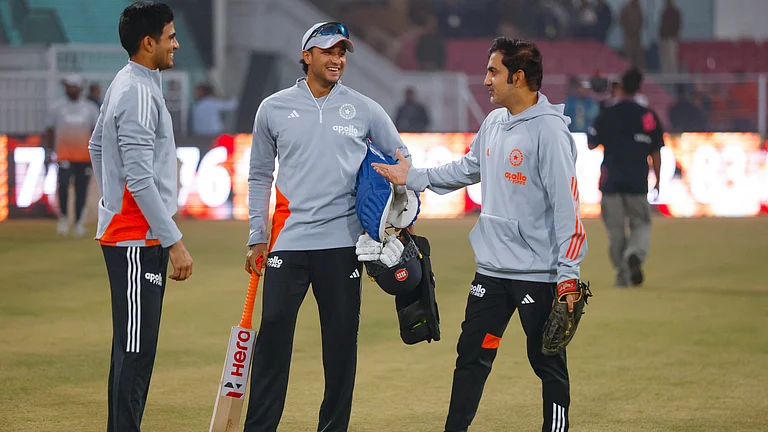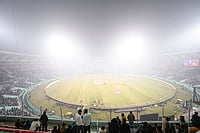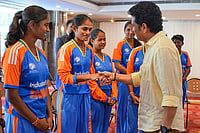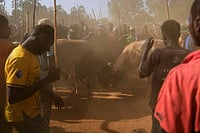Was it only a year ago that Sachin Tendulkar was thanking everybody and causing a nation to blubber in front of their television sets? Somehow, that seems farther off to me than the day he made his Test debut in Pakistan a quarter century ago. I was younger then, of course, but not as young as Sachin, who was 16 and taking on the likes of Imran Khan, Wasim Akram, Waqar Younis (also making his debut) and Abdul Qadir.
From facing a world-class attack on debut to taking on journeymen bowlers who seemed to be merely making up the numbers in his otherwise forgettable final Test, Sachin had moved a nation which had somehow placed him above all criticism. Dilip D’Souza’s book is a corrective to that uncritical acceptance.
It is not just an aid to memory, but places that final match and the tamasha around it in perspective. “So much about this Test,” he says, “has so little to do with cricket as a game, as a contest. In every way, this is a perversion of cricket.”
To put this in analogical perspective, imagine, says D’Souza, “Rafa Nadal announcing that he would soon retire. Imagine that he tells the tennis establishment that he would like to play his last match...at Roland Garros. Imagine that to fulfil Nadal’s wish, the French Open is turned into a Nadal-fest. Imagine that only players ranked outside the Top 100 are invited to participate. In other words, imagine we watch a tournament that is really crafted only to showcase Nadal.”
Final Test begins with a promise not to be so much about the match itself but something more interesting—a fan and serious writer’s digressions, comments, opinions on issues and personalities and quick sketches of other fans around him. In fact, these are the best parts of the book, but an over-reliance on Cricinfo and the temptation to tell us the details of the game in pitiless detail rob it of some charm. Well-written it is, with the occasional dig at Sachin (who, it turns out, is the author’s neighbour in Mumbai), like in the matter of his Ferrari for which he was exempted from import duty.
It is not Sachin-bashing that is the thrust of Final Test—in any case, there is no malice here—so much as it is a comment on us, his fans, and how we are so easily blinded by the achievements of our heroes.
D’Souza, who has written books on India’s denotified tribes and the politics of the Narmada movement, also writes a newspaper column on mathematics—a set of accomplishments that gives him a perspective on Sachin and Indian cricket that is denied the average reporter. I don’t know of another cricket book that includes the columnist Dave Barry, Benford’s Law (called Benson’s Law in one place, just as Suresh Saraiya is described as a Hindi commentator—editing mistakes), Agassi, fairness creams, Kangana Ranaut and the morality of events that were bent “to suit the stat”. There must be fans upset that Sachin didn’t make his 16,000th run in his 200th and final Test. D’Souza is not unaware of that.
In the end, however, the cricket match overwhelms, and what might have been a quirky but significant book is defeated by its unbearable lightness of being.


























